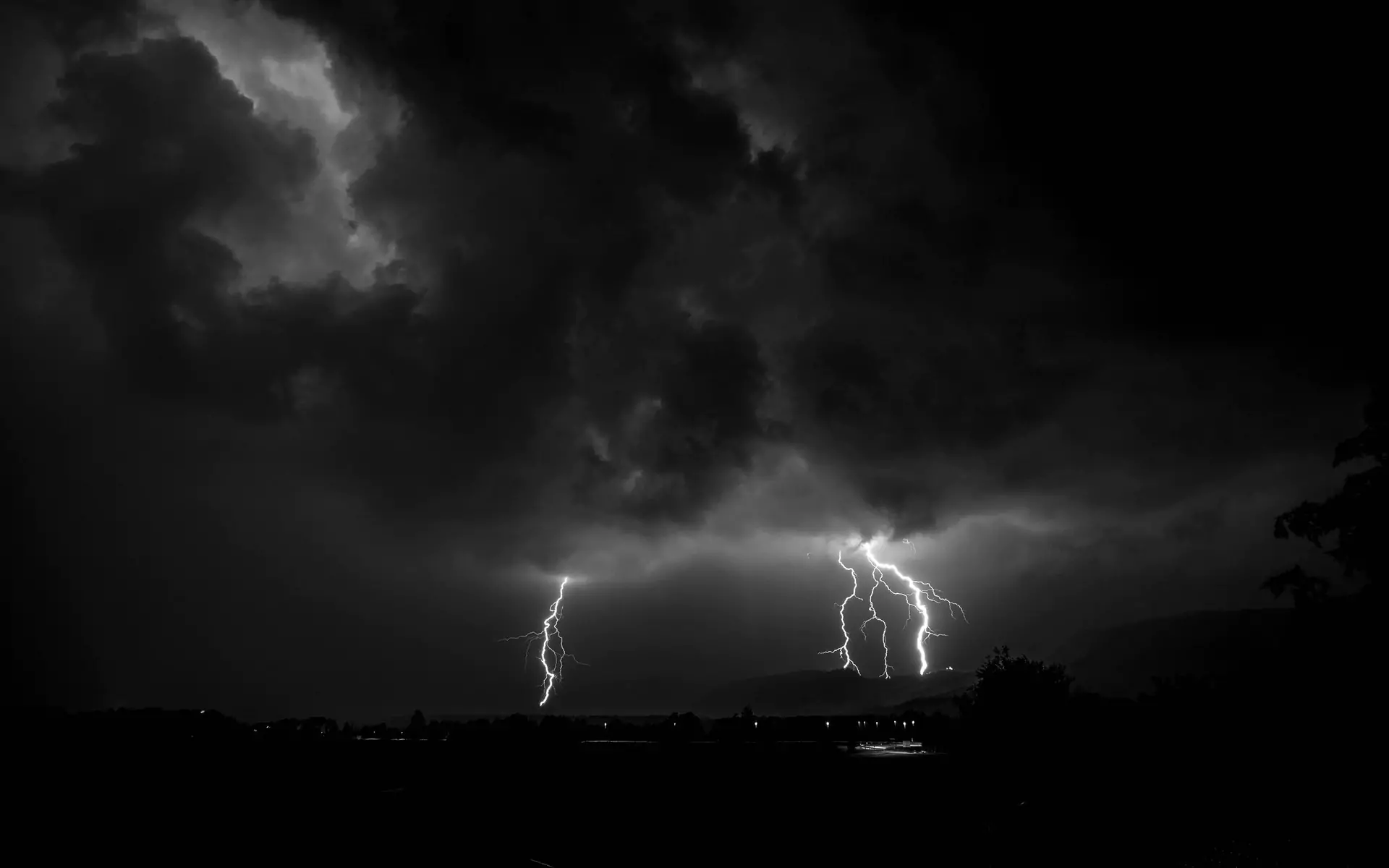Hurricanes are some of nature's most destructive storms. Yet, tropical storms like hurricanes are essential for maintaining equilibrium in the atmosphere. At the center of the hurricane is the eye, an area of relative calm that also happens to be the storm's area of lowest pressure.
The eye is characterized by calm weather and clear skies, although it's possible for the sea to remain quite violent. The eye has the coldest temperatures of the storm at the surface, and the warmest temperatures at high altitudes. The eye is generally circular in shape and can range from five to 125 miles in diameter.
In hurricane forecasting and warnings, much attention is paid to the center of the storm and the time of landfall. But to increase safety, hurricane preparedness activities should be planned based on the time of arrival of high wind speeds, not necessarily the time of landfall.
The eye wall is the boundary between the eye and the rest of the storm. The storm's strongest winds, tallest clouds and heaviest rain are found in the eye wall. The most damage caused by a land falling tropical storm is caused where the eye wall crosses. The strongest, most well-formed hurricanes have an eye wall that wraps almost the eye in a complete circle. Weaker storms may only have partial eye walls.
Major hurricanes exhibit a behavior called eye wall replacement cycles. These more intense storms usually have a very small eye and eye wall radius. From time to time, outer rain bands organize into a outer concentric ring of thunderstorms. This cuts off moisture and momentum to the existing eye, and the tropical storm begin to weaken. Eventually, the original eye is replaced by the newly formed outer eye wall, and the storm re-intensifies, sometimes to a higher strength than before.
